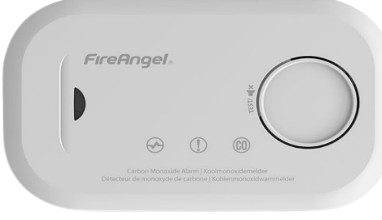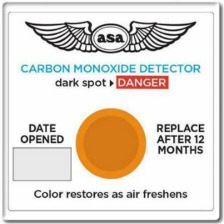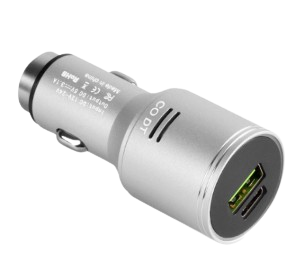Why is it important in aviation?
Carbon monoxide poisoning has been cited as a factor in multiple GA accidents globally. The physiological effects of CO poisoning are cumulative and take a very long time to disperse. Even a low level of CO ingestion, below the level that causes immediate physical symptoms, will cause a progressive reduction in blood oxygen levels which will reduce pilot performance and potentially lead to aviation incidents.
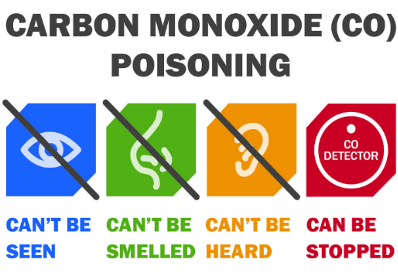
Case Study
Whilst carrying out an annual inspection, a scat hose in a PA28 engine bay appeared to be serviceable from an initial view. As the inspection continued the other side of the scat hose appeared to have several holes running along it. If the hose wasn’t changed and there was an exhaust leak then the carbon monoxide would have entered the cabin through the heating system, leading to severe consequences. This is why it is vital to ensure correct maintenance inspections are carried out. As pilots do the A check, do they always look around the scat hoses
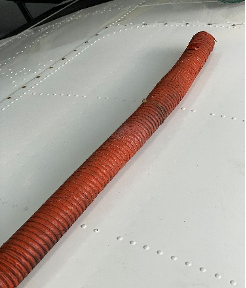
Initial Inspection
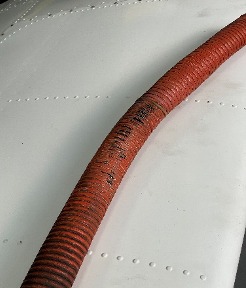
Further Inspection
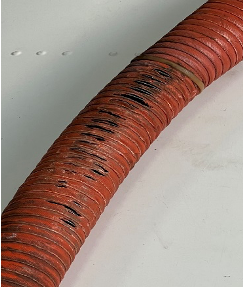
Found Unserviceable
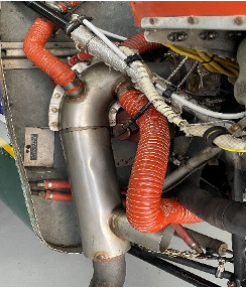
New Hose Installed
CO Detectors
Can be purchased from either online stores, supermarkets or aviation shops. The 3 detectors below are common throughout general aviation from stickers, battery power and car light plug. All varying in price, design. The CAA recommend that pilots fly with a CO detector in the aircraft that is capable of providing audible/visible warnings that actively engage a pilot’s attention when pre-determined carbon monoxide levels are exceeded typically 50 parts per million. As CO is slightly less dense than air it will rise, so think where is best to place the detector. Ideally line of sight of the pilot should the detector activate.
